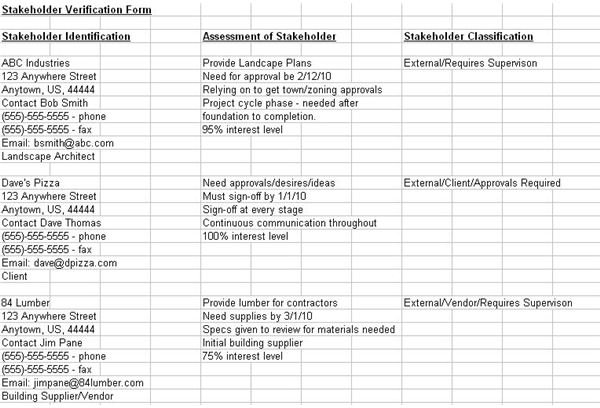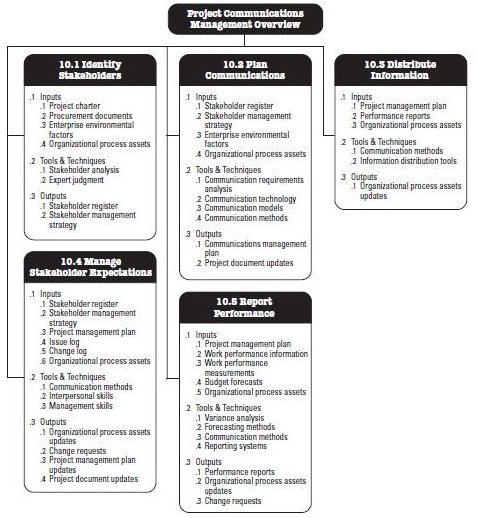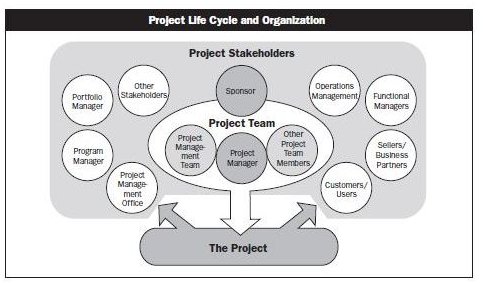100% Free Stakeholder Verification Form
Identify, Analyze, Plot
Every project manager knows that first you must identify your stakeholders. This includes making a list of everyone that is both an external or internal factor in your project, even the end-user. Next, you’ll need a stakeholder analysis that shows levels of influence. Finally, you should plot your stakeholders on a register or a stakeholder verification form.
Some tools here on Bright Hub you can utilize for these processes include a Power/Interest Grid and the Influence/Impact Grid.
Stakeholder Management is a large part of any project and all stakeholders need to be identified prior to the project planning phase in order to proceed with matrices and grids showing power, interest or influence. Often, project managers find success by involving stakeholders in writing the project scope.
Screenshot courtesy of 4th Edition PMBOK - author’s copy.
Stakeholder Verification – PMBOK Guidelines
According to the Project Management Body of Knowledge (PMBOK) 4th Edition, your stakeholder verification form should include:
- Identification of Each Stakeholder – This includes name/organization, contact info, and role.
- Assessment – What is required from the stakeholder, expectations, influence, what phase are they involved in, and assessed by interest level.
- Classification – Identify if the stakeholders are internal, external, end-user, etc.
You can next create your verification form, by compiling the above information.
Stakeholder Verification Example Form

In the screenshot to the left, (click to enlarge), you’ll see a stakeholder verification form template that can also be downloaded from our Media Gallery.
In the simplest form, this verification form identifies every stakeholder in one place along with roles, responsibilities, communication levels, supervisory needs, and whether the stakeholder is external or internal.
Often, variations of this verification form may include sign-off sheets when goals or milestones are reached so everyone is on the same page throughout the various stages of the project.
Screenshot created by and courtesy of author.
Controlling Stakeholders

Project managers need to remember their roles throughout the project lifecycle and state that role to every stakeholder involved, no matter what level of interest they hold.
To better prepare yourself for stakeholder management, follow these tips:
- Planning Phases – Stakeholders, based on level of importance, should be involved in the various stages of the planning phase—make sure you do this to ensure each stakeholder understands their importance level in the project.
- Communication – If you don’t have a communication plan in place that is accessible for every stakeholder, you need to implement one. This can be done via a document or file sharing, which is best as it can be accessed by all.
- Monitoring Risks – Some stakeholders can actually harm or delay the project; those potential risks should also be included in your stakeholder verification plan—so identify those risks early.
- Control – Stakeholders need to follow your controls within the project—even when asking for change requests, they must follow the change control plan you implement.
- Interest – Don’t lose the interest or participation of any stakeholder. Do this by keeping them informed and even if a little ego boosting is needed to keep their enthusiasm level high, boost that ego.
As the PMBOK states, the verification form for your stakeholders should, “contain all the details related to the identified stakeholders,” and that means a little preparation on your part will go a long way if you take the time to create a stakeholder register or verification form.
Screenshot courtesy 4th Edition PMBOK - author’s copy.
